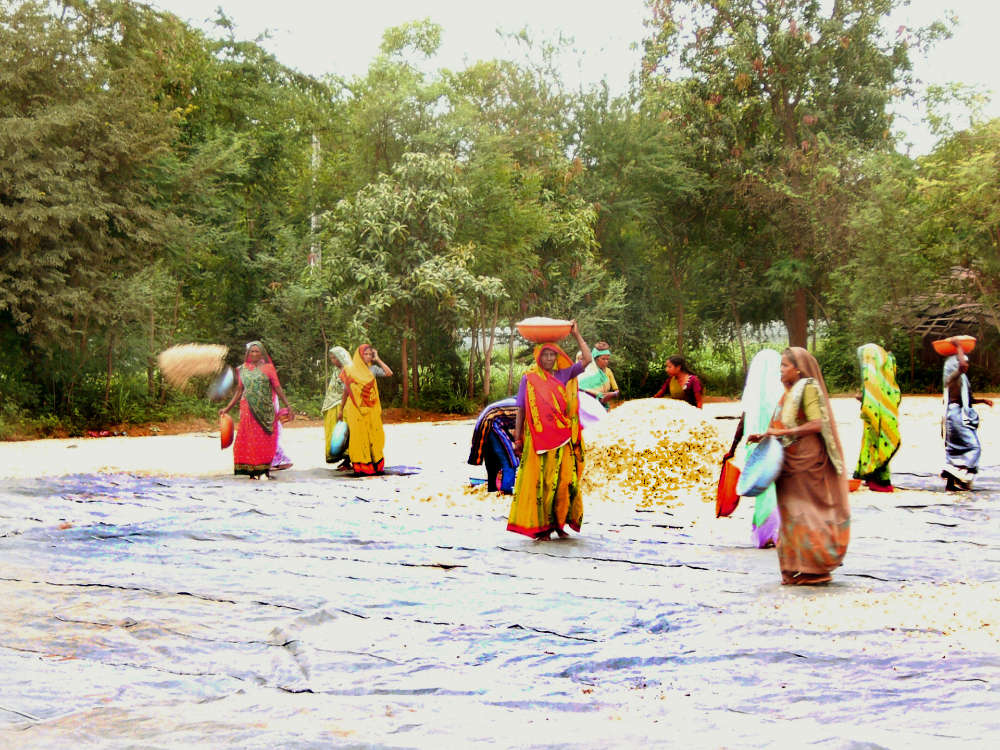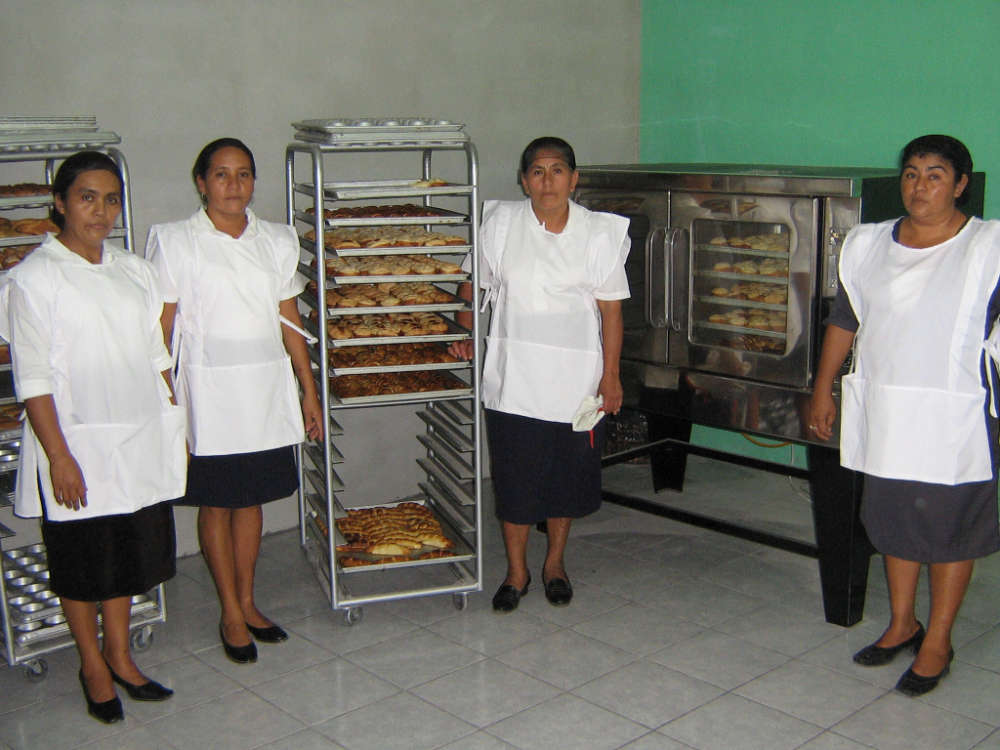The importance of income earning opportunities for women
One of the most satisfying things about my 40+ years sourcing herbs around the world has been providing opportunities for women to earn income where employment for women in particular is scarce to nonexistent.
Study after study has shown that when women earn money, they spend it on improving the lives of their family. They invest in education for their children, better food and health care, and income-generating micro-enterprises like buying chickens and goats or growing fruits and vegetables to produce products to sell in their local market.
There is another really important aspect to women being able to earn an income. I’ve found that their social standing within their family is dramatically elevated. No longer are they looked upon simply as “cooks” like they were in the small villages I worked in in Mexico. Income gave them an element of independence producing new respect in the eyes of their husbands. They had more say in how the family budget was allocated. They had pride in themselves, and their children saw their mothers with new respect and authority.
In celebration of International Women’s Day, I’d like to honor these women by showing you some pictures of them at work harvesting, drying and preparing the herbs for your cup of Teeccino!

Hand Pollinated Vanilla Bean - Mexico
Every vanilla flower has to be hand pollinated in order to grow a vanilla bean. The native bee that can pollinate vanilla flowers only lives in Mexico where vanilla is indigenous. Pollinating flowers is a delicate procedure requiring small and nimble fingers. Women excel at this vital job! Every vanilla bean is handled some 600 times during the course of curing it over four months and women often work in the curing facility as well.

Organic Chicory - India
Teeccino’s organic chicory is grown in India by smallholder farming families. Women do much of the essential weeding work in the fields in their colorful saris which has to be done by hand instead of sprayed with herbicides like conventional chicory. They spread the roots to dry after harvest and clean and sort them once they are ready for shipment.

Wild Harvested Ramón Seeds - Guatemala
The most rewarding project in my sourcing career has been developing the commercial value of wild ramón seeds that were going to waste on the forest floor in Guatemala. Ramón trees were called the “corn tree” by the Maya who planted them in the forest around their cities. They drank a brew made from roasted ramón seeds way before the Spaniards brought coffee trees to Central America and they ate ground ramón flour mixed with their corn flour to make it more nutritious.
When I started investigating ramón seeds as an ingredient for Teeccino, none of the people living in the Maya Biosphere Reserve knew they were edible. As a super hard, zero-fat seed, you couldn’t just pick one up and eat it. In these villages, hunger and malnutrition was a big problem and I realized that ramón seeds could help solve it. Not only did the harvest of ramón seeds provide income for women who could pick up seeds while still tending to their young children, but it also helped women create commercial enterprises. A group of women formed a cooperative to start drying the seeds and then baking them into breads, muffins and cookies to sell in the local market.
 Teeccino supported workshops given by women from the original cooperative to women in other villages to spread the knowledge of how to prepare and eat ramón seeds. Eventually the government of Guatemala became involved and started buying ramón seed baked goods to distribute to the local schools. Teachers reported that attendance was up and illness was down after the children started eating cookies and muffins made with ramón seed flour.
Teeccino supported workshops given by women from the original cooperative to women in other villages to spread the knowledge of how to prepare and eat ramón seeds. Eventually the government of Guatemala became involved and started buying ramón seed baked goods to distribute to the local schools. Teachers reported that attendance was up and illness was down after the children started eating cookies and muffins made with ramón seed flour.
When we “gringos” began the harvest of wild harvested ramón seeds, they were considered “basura” or garbage because the seeds dropped to the ground from 130 ft tall trees. We are proud of the fact that our development of this wasted nutritious seed has changed the nutrition and income of these villagers!


